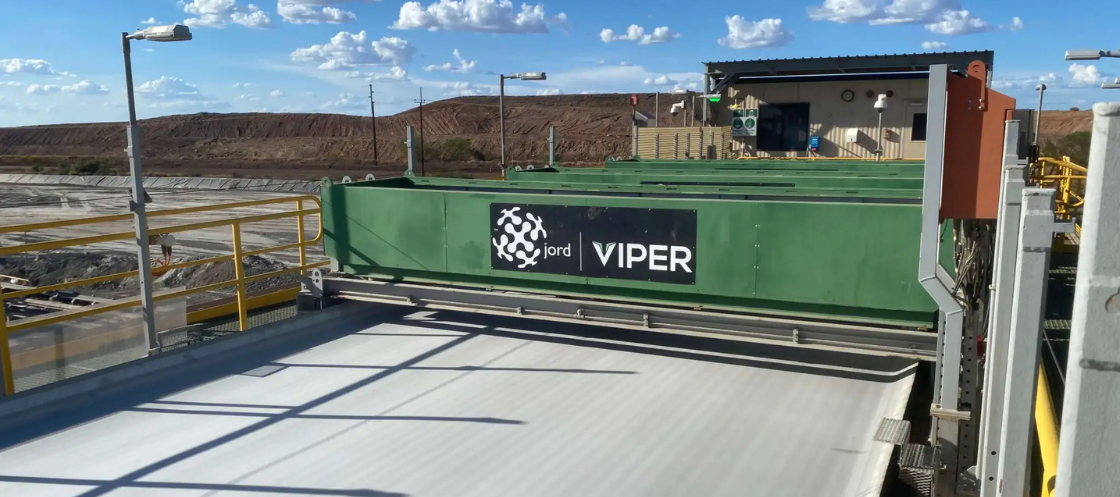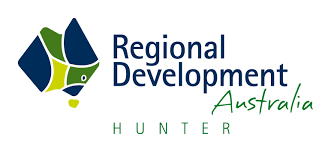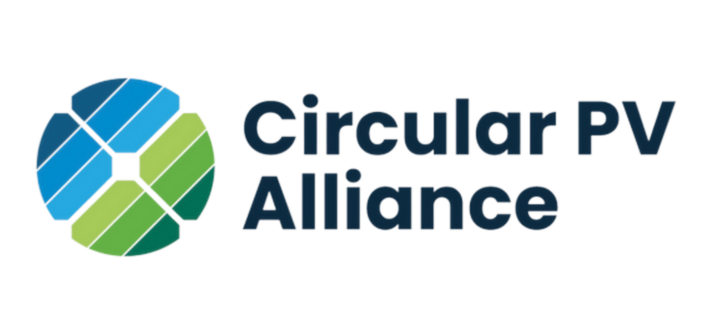Newcastle pilot plant to test mining waste recovery technology
A new $1.4 million project in Newcastle aims to recover more critical minerals from mine waste while using less water, with a bespoke pilot plant to be built at the University of Newcastle’s Institute for Energy and Resources.

A Newcastle-based pilot plant will form the testing ground for VIPER 2.0, a $1.4 million research and development project aimed at improving the recovery of critical minerals while reducing water use and the environmental risks of mine waste.
The project brings together Jord International, a team led by the University of Newcastle’s Dr Peter Robinson, and funding and technical support from Trailblazer for Recycling and Clean Energy (TRaCE). The facility will be built at the university’s Institute for Energy and Resources (NIER).
VIPER 2.0 adapts Jord International’s existing VIPER Dewatering Technology, which was originally developed with the university’s Centre for Bulk Solids and Particulate Technologies. The system enhances the performance of the Horizontal Vacuum Belt Filter by adding vibration and compaction to produce drier tailings and recover more minerals.
“This project aims to translate the significant benefits of the VIPER Dewatering Technology to the recovery of critical minerals and handling of mining waste products,” said Dr Robinson. “Conventionally, mineral recovery utilises copious amounts of water. However, with the application of VIPER, we expect to see substantial savings in cost and water requirements.”
The Newcastle pilot plant will be used to fine-tune the technology to recover minerals such as lithium, nickel and copper from mine tailings, with targets including a 5 per cent increase in recovery rates and up to a 10 per cent reduction in water use. Producing a drier waste material also allows for safer disposal, including dry stacking, and can reduce transport costs and energy demand.
“The landscape of dewatering technologies has advanced significantly in recent years, driven in large part by Jord’s successful deployment of the VIPER technology,” said Sam Caldwell, VIPER Technology Manager.
Jord International says the project will help mining companies recover more value from material already extracted, while improving water reuse and reducing environmental impacts. Access to TRaCE’s funding and industry connections will allow the team to explore a broader range of applications and move the technology closer to commercial use.
















